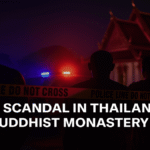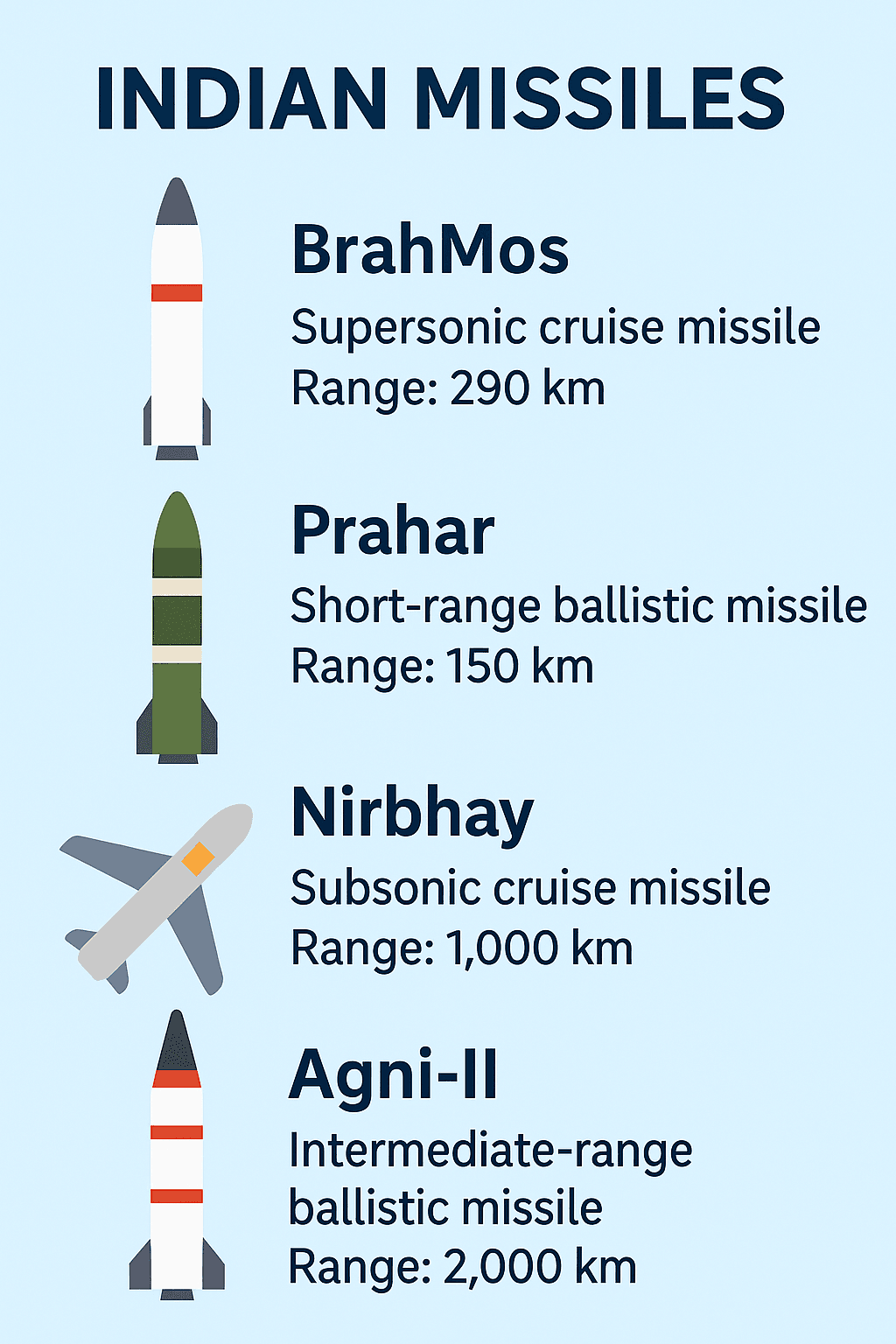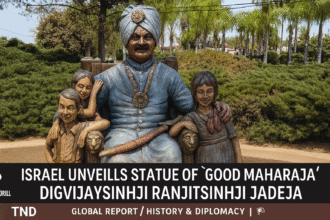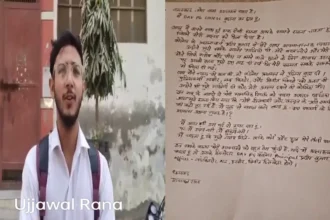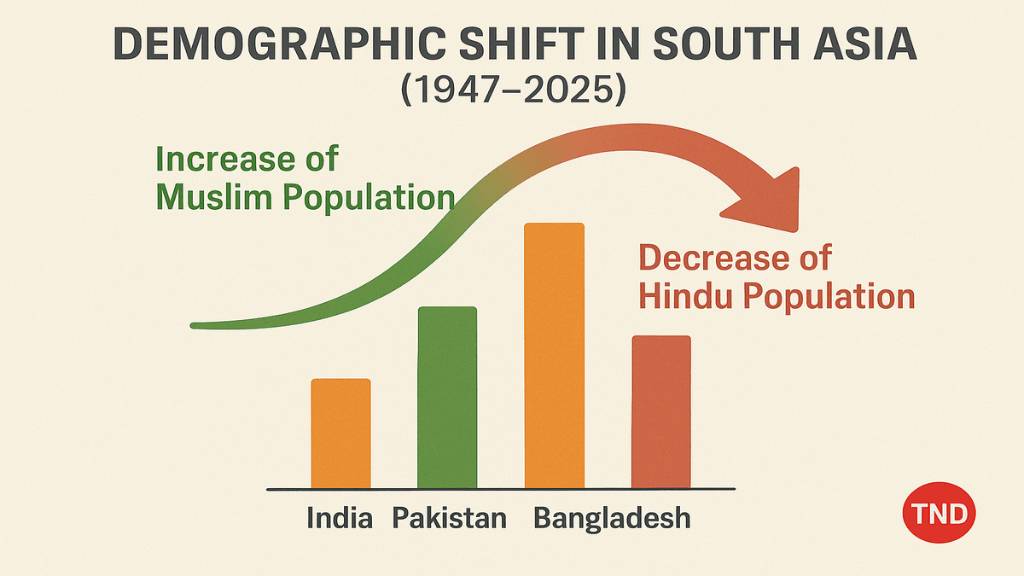
Demographic Shift in South Asia: Declining Hindu Populations in Pakistan and Bangladesh vs Rising Muslim Population in India.
- A Stark Demographic Reality in South Asia
- Demographic Shift in South Asia – The Numbers Behind the Story
- Understanding the Rise of Muslim Population in India
- Pakistan – A Case of Vanishing Hindus
- Bangladesh – A Gradual Exodus of Hindus
- The Hypocrisy of Global Secular Discourse
- Global Responses – Too Little, Too Late
- What Can Be Done?
- Final Thoughts: A Demographic Shift with Global Implications
A Stark Demographic Reality in South Asia
Between 1947 and 2025, South Asia has undergone a profound demographic transformation. While India’s Muslim population has steadily increased, the Hindu populations in Pakistan and Bangladesh have plummeted drastically. This shift in religious demographics is more than a numerical curiosity it is a reflection of political, cultural, and human rights conditions in each of these countries. The silence from so called secular quarters on this demographic shift has drawn increasing scrutiny.
This article provides a comprehensive report and analysis of the demographic change in Hindu and Muslim populations in India, Pakistan, and Bangladesh from 1947 to 2025, examining the data, causes, impacts, and the responses or lack thereof from civil societies, governments, and international bodies.
Demographic Shift in South Asia – The Numbers Behind the Story
Demographic shift in South Asia is best understood through concrete statistics:
| Country | Minority Group | % in 1947 | % in 2025 (est.) | Change |
|---|---|---|---|---|
| India | Muslims | 9% | 15% | ↑ 53%+ |
| Pakistan | Hindus | 15% | 1.75% | ↓ 86% |
| Bangladesh | Hindus | 22% | 7.5% | ↓ 64% |
These figures reflect a demographic shift in South Asia that is rarely acknowledged with the urgency it deserves. While India’s Muslim population enjoys constitutional protection and shows consistent growth, Hindu minorities in neighboring countries face a starkly different fate.

Understanding the Rise of Muslim Population in India
Legal Framework and Democratic Safeguards
India, being a secular democracy, constitutionally guarantees freedom of religion. The demographic shift in South Asia, particularly in India’s context, reveals that minorities can thrive when supported by legal rights and political representation.
- The Muslim population in India was around 9.8% in 1951.
- It has steadily grown to nearly 15% in 2025.
- Growth in Muslim population is majorly related no. of childs is more in muslim families.
- Due to large amount of conversions also done in India and many conversion rackets are exposed.
- Many forceful conversion done in India and major blodshed done.
- Small portion of growth has been organic and supported by health access, social rights, and limited outward migration.
- Many states, districts and Talukas of India are on alarming stage due to rising demographic shift. It may see it’s consequences in future.
Fertility Rates and Convergence Trends
While higher fertility rates among Muslims were historically noted, recent National Family Health Surveys (NFHS-5) show this gap is narrowing:
- Hindu TFR: 1.94 (2020-21)
- Muslim TFR: 2.36 (down from 4.4 in 1992)
Pakistan – A Case of Vanishing Hindus
A Historic Minority Cleansing?
At the time of partition, Hindus comprised nearly 15% of Pakistan’s population. As of 2025, they make up less than 2%.
In Sindh, Hindu girls are frequently abducted and forcibly converted.
According to the Human Rights Commission of Pakistan, around 1,000 Hindu girls are forcibly converted every year.
Temples and religious sites have been desecrated, with minimal legal repercussions.
This rapid decline is central to the demographic shift in South Asia, yet it receives minimal media or academic attention from global liberal voices.
State Policies and Discrimination
Pakistan’s laws favor Islamic jurisprudence and treat minorities as second class citizens. Blasphemy laws are routinely misused against Hindus and Christians.
Even basic census data is often skewed or withheld, making it harder to accurately track the demographic shift in South Asia in real terms.
Bangladesh – A Gradual Exodus of Hindus
From 22% to 7.5% – A Silent Genocide?
- In 1951, Hindus made up 22% of East Pakistan’s (now Bangladesh) population. In 2025, they are projected to be just 7.5%.
- The Vested Property Act (originally the Enemy Property Act) allowed the government to confiscate Hindu lands.
- Violence during elections and Islamic uprisings disproportionately targeted Hindu communities.
- Pogroms in 1964, 1971, 1990, 2001, and 2021 triggered mass migrations.
Now, the Hindus of Bangladesh living under the threat, many killed, converted and many women were raped & abducted under the interim government of Bangladesh led by PM Muhammad Yunus so-called Nobel Prize awardee.
Expert Warnings
Noted Bangladeshi economist Abul Barkat warned:
If current trends continue, there will be no Hindus left in Bangladesh by 2050.”
This chilling prediction is a crucial component of the demographic shift in South Asia, one that demands international inquiry.
The Hypocrisy of Global Secular Discourse
Selective Outrage?
While international media and secular activists are quick to highlight the challenges of Indian Muslims, they are remarkably silent on the plight of Hindus in Pakistan and Bangladesh.
Rarely do platforms like the BBC, Al Jazeera, or Western think tanks publish major stories on Hindu persecution.
Human rights organizations such as Amnesty International or Human Rights Watch offer sparse commentary on this demographic shift in South Asia.
The Role of Indian Intellectuals
- India’s self styled secular intelligentsia also contributes to this imbalance.
- Debates on population growth often focus only on Indian Muslims.
- Hindu refugee influx from Pakistan/Bangladesh is dismissed as a communal issue rather than a humanitarian one.
This intellectual dishonesty undermines the credibility of secular discourse and weakens advocacy for genuine minority rights across the subcontinent.
Global Responses – Too Little, Too Late
Despite the severity of the demographic decline of Hindus in Pakistan and Bangladesh:
- The United Nations rarely addresses these issues.
- USCIRF flags concerns but with limited follow through.
- Western governments continue diplomatic and economic engagements without applying pressure on human rights.
The demographic shift in South Asia thus unfolds in silence, with little effort to hold Pakistan or Bangladesh accountable.
What Can Be Done?
Recommendations
- UN Fact-Finding Missions in Pakistan and Bangladesh to investigate systemic minority abuse.
- Legal Asylum Frameworks in India and other democratic nations for persecuted Hindus.
- International Advocacy by Indian diaspora and rights groups.
- Academic Research & Awareness Campaigns on the demographic shift in South Asia.
Final Thoughts: A Demographic Shift with Global Implications
The demographic shift in South Asia is not just a matter of numbers it is a story of persecution, survival, silence, and complicity.
India’s secular democracy has enabled its Muslim population to grow and thrive. Conversely, Pakistan and Bangladesh have witnessed an alarming exodus of Hindus, driven by religious intolerance, violence, and institutional apathy. Also the demographic shift in India is also very concerning. In future they have bad implications on India.
Until the world and especially secular voices acknowledge this imbalance, the principles of equality, freedom, and justice will remain hollow in the South Asian context.
Stay connected with The News Drill for more updates.
Source: Report of Opindia



